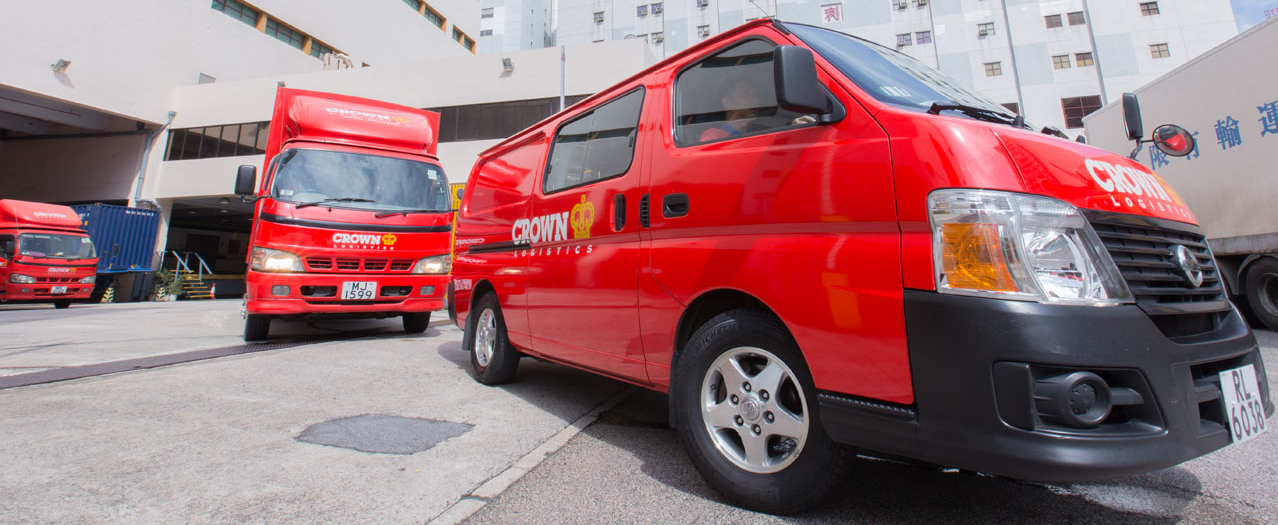The Greater Bay Area (GBA) comprises nine cities in the Guangdong Province and two special administrative regions—Shenzhen, Guangzhou, Foshan, Dongguan, Zhuhai, Zhongshan, Huizhou, Zhaoqing, Jiangmen, Hong Kong and Macau. With a population of 70 million, the GBA has a current GDP of USD 15 trillion and ranks second in the world, behind Tokyo Bay and ahead of the San Francisco Bay region. It also represents 12% of entire Chinese economy.
According to the list of 2018 top 10 global container ports compiled by JOC.com, Shenzhen, Guangzhou and Hong Kong of GBA ranked 4th, 5th and 7th respectively, having container cargo throughput 25.73, 21.92 and 19.60 (in millions of TEU). These major ports in the GBA have their specialised roles. Shenzhen’s Yantian, Shekou and Chiwan, are in proximity to factories in the western part of the Pearl River Delta, focus primarily on export trade. Guangzhou Nansha is becoming a domestic cargo transhipment centre, handling shipments of goods to and from other ports along the coast of China. Hong Kong is the transhipment hub, bringing containers from South China and organising them into shipments to other global ports.
High-standard warehouses mostly locate in Foshan, Guangzhou and Dongguan in Guangdong province. New development of bay area warehouse is foreseen to expand into emerging zones such as Zhaoqing and Jiangmen. Development of national logistics hubs will stimulate the connectivity and interaction between the ports and warehouses, contributing the modern logistics service model of “hub-network-channel”, thus grooming local economic scenery.
With clear goals being set, accelerates by investment of GBA initiatives, logistics industry in southern province will undertake immense transformation. The e-commerce boom in China encourages heated competition and heavy technology investment within the sector, in turn benefits the future operation of the logistics hubs, make them surpassing the neighbouring countries.
